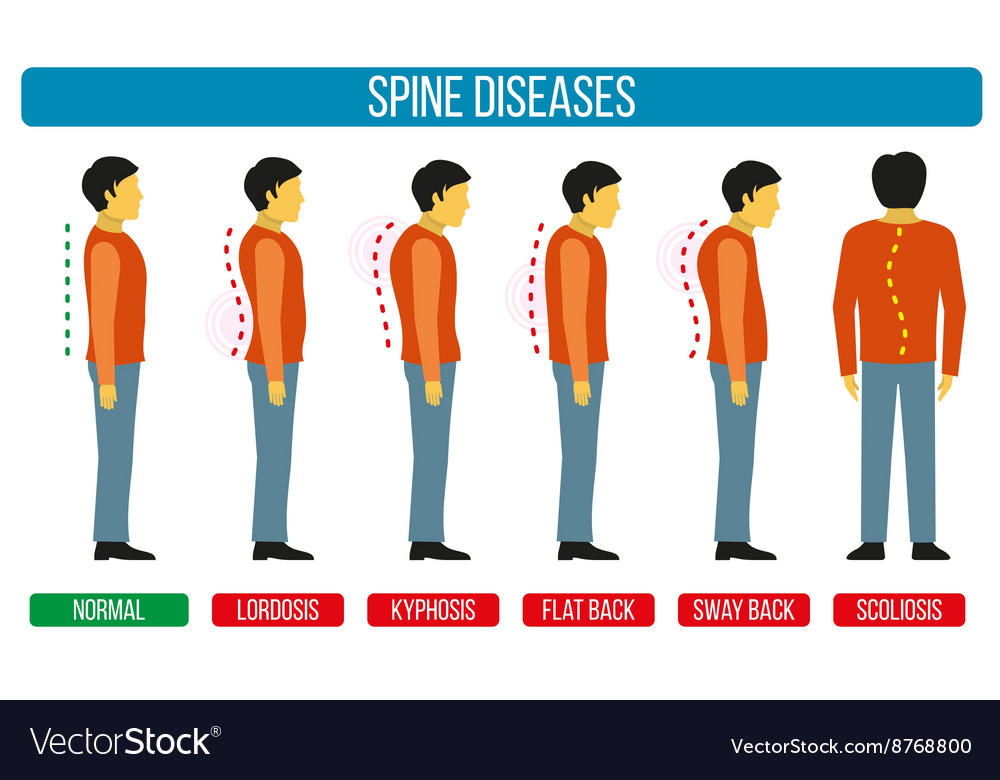Usual Daily Routines That Trigger Back Pain And Tips For Preventing Them
Usual Daily Routines That Trigger Back Pain And Tips For Preventing Them
Blog Article
Post Writer-Bates Rosales
Preserving appropriate pose and preventing common mistakes in daily tasks can significantly impact your back health and wellness. From how you rest at your desk to just how you lift hefty objects, tiny adjustments can make a big difference. Picture a day without the nagging back pain that hinders your every move; the solution might be easier than you believe. By making a couple of tweaks to your daily habits, you could be on your way to a pain-free existence.
Poor Position and Sedentary Way Of Living
Poor position and a sedentary way of life are two major factors to neck and back pain. When you slouch or inkling over while sitting or standing, you placed unnecessary strain on your back muscle mass and spinal column. This can bring about muscle inequalities, stress, and ultimately, persistent neck and back pain. Additionally, sitting for long periods without breaks or exercise can compromise your back muscle mass and bring about tightness and pain.
To deal with poor pose, make a mindful effort to rest and stand directly with your shoulders back and aligned with your ears. Bear in mind to keep your feet flat on the ground and prevent crossing your legs for prolonged durations.
Incorporating why is my back sore stretching and strengthening workouts into your everyday routine can likewise help improve your position and relieve neck and back pain associated with an inactive way of living.
Incorrect Training Techniques
Inappropriate training strategies can substantially add to back pain and injuries. When you lift hefty items, keep in mind to bend your knees and use your legs to lift, instead of counting on your back muscular tissues. Prevent turning your body while training and keep the object close to your body to decrease pressure on your back. types of lower back pain to maintain a straight back and stay clear of rounding your shoulders while raising to avoid unnecessary stress on your back.
Always examine the weight of the things prior to raising it. If it's too heavy, ask for aid or use equipment like a dolly or cart to transfer it securely.
Keep in mind to take breaks throughout raising tasks to offer your back muscle mass an opportunity to rest and protect against overexertion. By applying correct lifting techniques, you can stop neck and back pain and minimize the risk of injuries, ensuring your back remains healthy and balanced and strong for the long term.
Lack of Regular Workout and Stretching
A less active way of living without routine workout and extending can substantially add to pain in the back and pain. When you don't participate in physical activity, your muscular tissues become weak and stringent, causing poor stance and enhanced stress on your back. Routine workout helps enhance the muscle mass that sustain your spine, enhancing security and decreasing the danger of back pain. Integrating extending right into your regimen can likewise improve adaptability, preventing tightness and discomfort in your back muscle mass.
To avoid pain in the back brought on by an absence of exercise and extending, go for a minimum of half an hour of moderate exercise most days of the week. Include exercises that target your core muscles, as a strong core can assist reduce stress on your back.
In addition, take breaks to extend and move throughout the day, particularly if you have a workdesk work. Simple stretches like touching your toes or doing shoulder rolls can assist soothe stress and stop back pain. Prioritizing routine exercise and extending can go a long way in preserving a healthy and balanced back and reducing pain.
Final thought
So, keep in mind to stay up straight, lift with your legs, and stay energetic to prevent back pain. By making easy changes to your daily practices, you can prevent the discomfort and constraints that feature neck and back pain. Look after your spine and muscle mass by practicing good position, correct training methods, and regular exercise. Your back will thank you for it!
